 Features
Features
We predict the most important things that will happen in 2018
Preparing you all for the turbulent year ahead
Every single festival you go to will be run by a DJ
Not so long ago, it seemed festivals were run by a mixture of eccentric farmers, huge live music promoters or enthusiastic hobbyists following through on a 4am promise to ‘put on the best festival ever!’. But now it seems that every other festival that gets announced has a DJ at the helm. Sure, it’s not a new thing, Rob Da Bank has been running Bestival since 2004, but the ante seems to have been seriously upped in the past few years. There’s Annie Mac’s Lost and Found, Jaymo and Andy George’s Lost Village, Disclosure’s Wild Life (which is taking a break this year as the duo record their third album) and Craig Richard’s brilliant Houghton, which made its debut last year.
And this year they’ll be joined by everyone’s favourite dance music cheeky chappy Artwork who hosts the aptly titled Arts House: A Lovely London Festival on August 11. Let’s be honest, who’s in a better position to put on a great festival than the DJ? They’ve all got a black book full of impeccable DJs they can pull in to play, an obsessive attention to detail when it comes to sound quality, and they’re going to make sure it goes on pretty late. Or in the case of Craig Richards and his Houghton Festival, make sure the music never stops for the entire 72 hour duration of the festival. Sean Griffiths
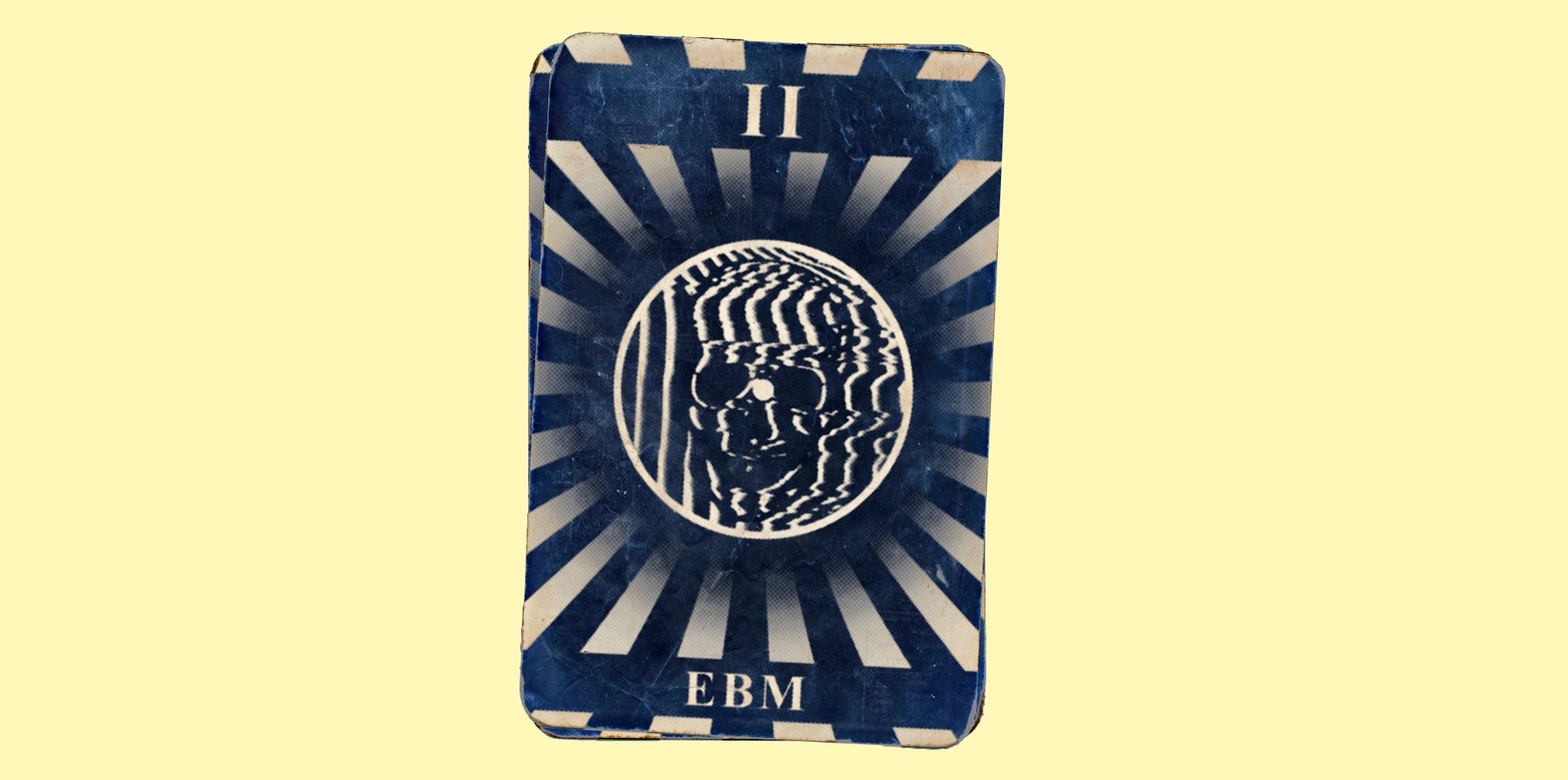
EBM will become the throwback genre of the year
For over thirty years, the melding of pop and heavy industrial sounds known as Electronic Body Music (EBM) has managed to keep itself decidedly niche and underground, tucked away from the most part of the global dance music community. Most commonly found in parts of Germany and The Netherlands, the EBM subculture revolves around a gothic and guttural vibe which employs stark and repetitive drum patterns, sexual vocals and foreboding synth-lines, making for a dark, punk-ish aesthetic all its own.
While a handful of contemporary artists stay true to the traditional sound of the genre, defined in the late ‘80s by seminal artists such as Anne Clark and Nitzer Ebb, many have turned to a more polished production that combines beautifully with the ever growing techno scene and the rapid rise of electro. Releases in 2017 from artists such as Alessandro Adriani, Sarin and Phase Fatale, who dropped his razor-sharp ‘Anubis’ EP via Ostgut Ton, have nailed down a noise that has started to penetrate various techno sets around the globe. Artists such as Silent Servant and Adam X have been known to gravitate towards the genre and others are beginning to follow suit. As techno heads continue to look for a darker variation in both their production and live sets, I predict that they will find solace in EBM’s heavy, sexy and well-rounded industrial sound. Cameron Holbrook
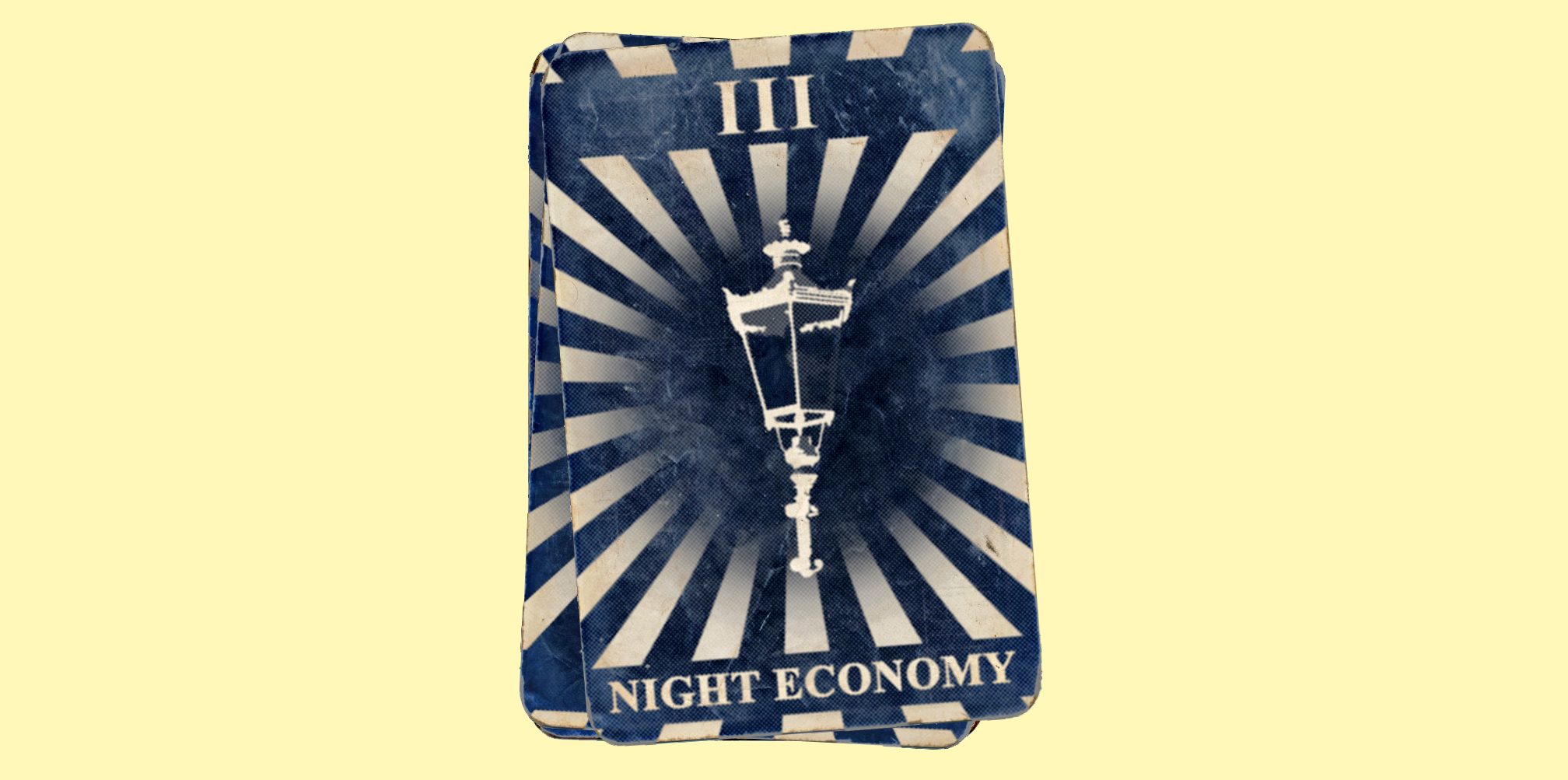
More cities will support the night-time economy by appointing Night Mayors
With venue closures sweeping through clubland these past few years (The Arches, Shapes, The Rainbow Venues, a close call with fabric), it's becoming clear that local governments play a crucial role in the future prosperity of dance music culture. Some cities, like New York, Amsterdam, Paris and Zurich, have all adopted the concept of the Night Mayor, while Berlin has a Club Commission and London has a Night Czar. The main goal of these figures is to support the night-time economy and so far there have been promising updates.
New York City finally repealed its archaic "No Dancing Law" and has seen two major new clubs, Nowadays and Elsewhere, open in the past few months, while Berlin's government recently invested €1 million to help nightclubs get equipped with proper noise protection, as there is currently an increase in property development that could force certain clubs to shut down. Now moving forward it's time for other major locations to get behind this notion that nightlife plays a crucial role in the city's cultural landscape. All eyes are on popular hotspots like Los Angeles and Sydney to pick up the pace. Harrison Williams
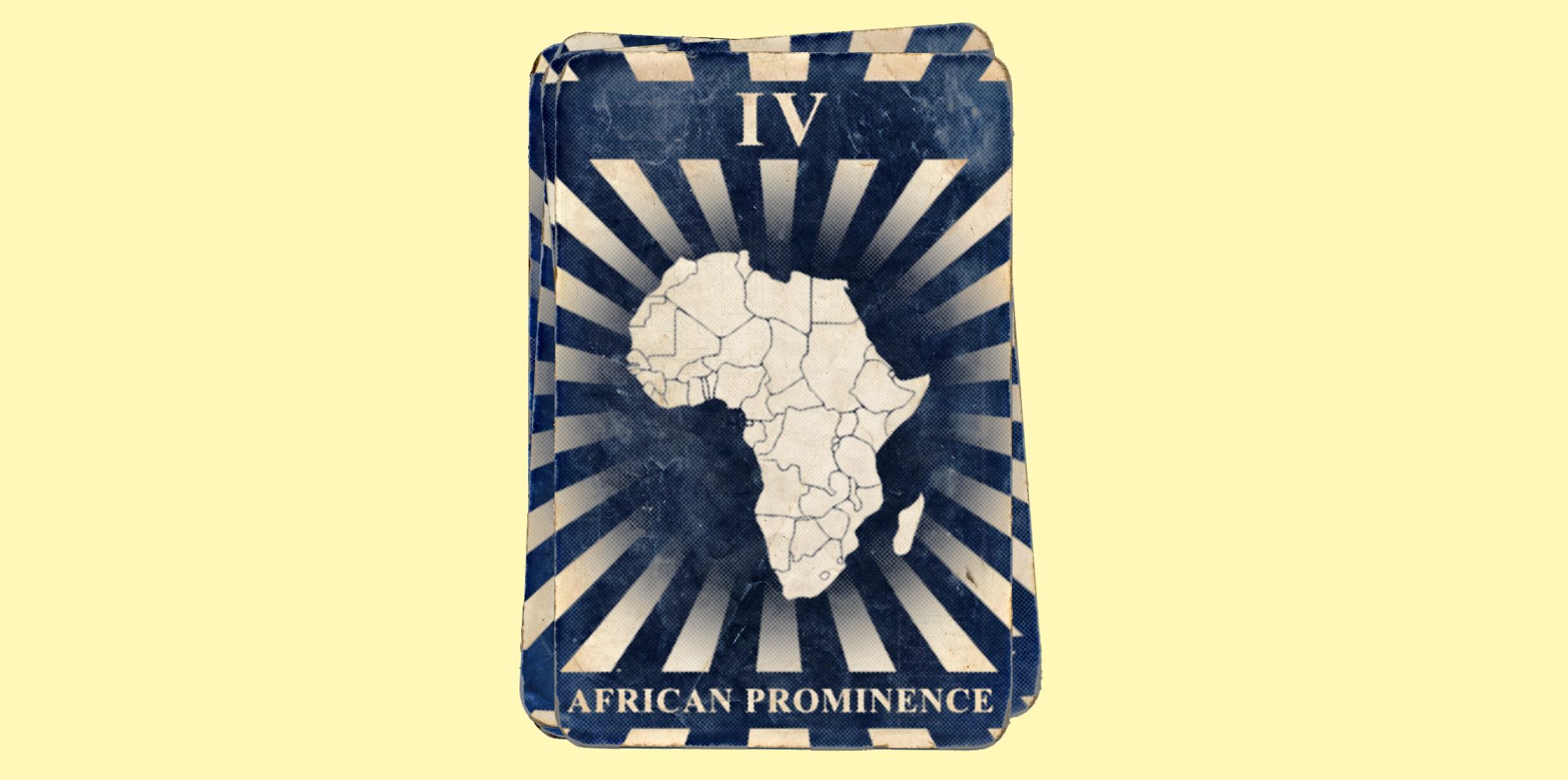
There will be an increased prominence of electronic music in Africa and African artists on a global scale
Music coming out of countries across the breadth of Africa has been popular in clubs worldwide for many years. David Mancuso induced hysteria by drawing for Cameroonian saxophonist Manu Dibango’s ‘Soul Makossa’ at The Loft in the 70s, and these days the likes of Awesome Tapes From Africa, Floating Points and Antal are known to dig in the continent to find music to play and reissue. As scenes continue to grow and develop around Africa, such as kwaito and gqom in South Africa, mbalax in Senegal and The Gambia, kuduro in Angola, electro acholi in Uganda, and more, artists producing and playing these styles look set to rise in prominence and, in front of Western audiences, rightfully take up position as more than wax on the platter of DJs.
A shift is underway: South African artist Black Coffee started his first White Isle residency at Hï Ibiza in 2017, playing every Saturday at the 3,000-capacity spot across 18 weeks, compatriot DJ Lag shook clubs across Europe and America and earned himself a spot in our breakthrough DJs of the year list; and Ghanian funk favourite Ata Kak drew a packed out crowd of fervent dancers to his performance at Glastonbury’s West Holts Stage. Cross-continental collaboration in recent years has also seen seen the likes of Uganda’s Nyege Nyege collective team up with NTS, and James Holden and Floating Points work with Moroccan artist Maâlem Mahmoud Guinia. Patrick Hinton
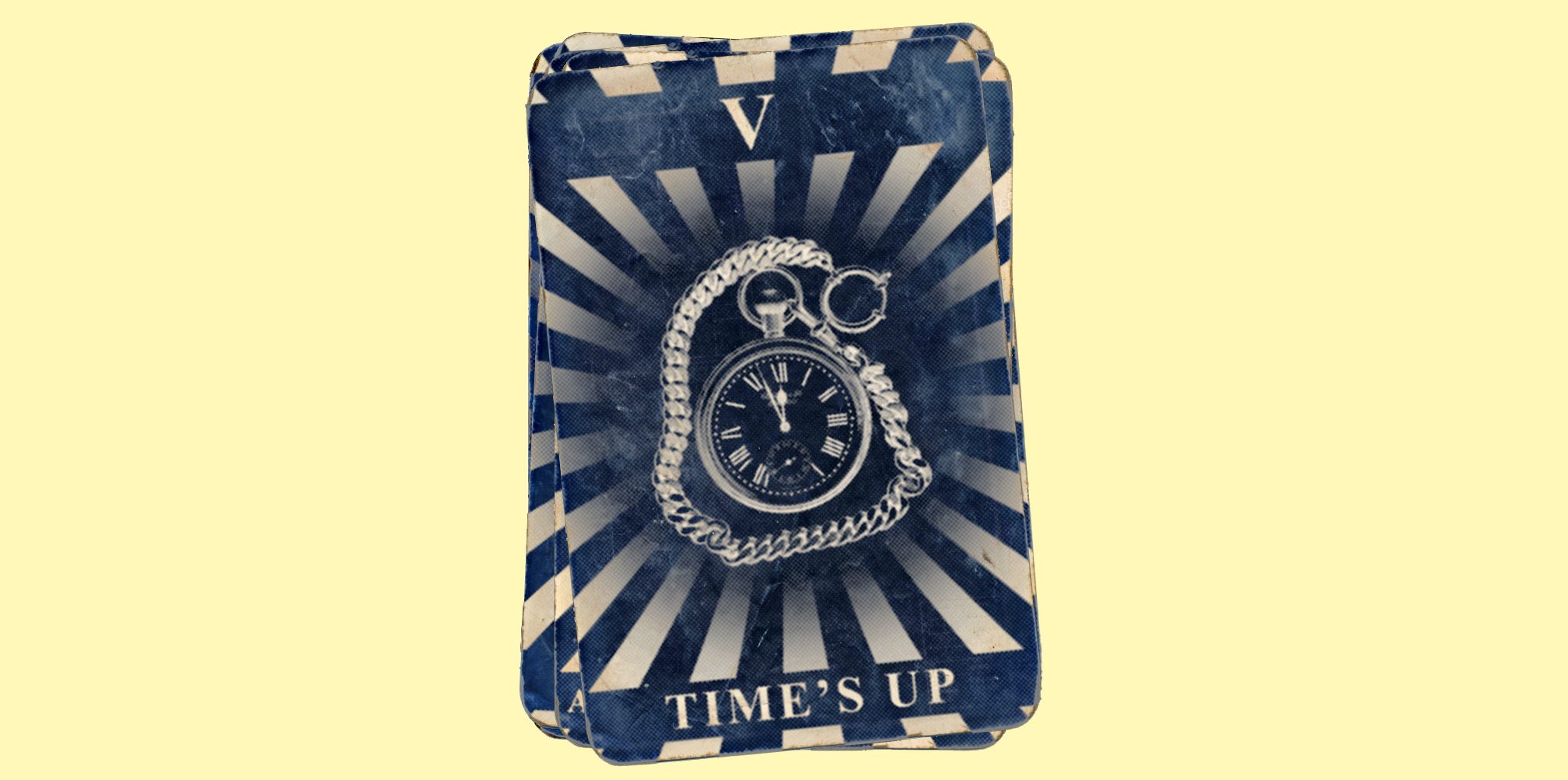
Sexual harassment within the industry will be called out in a more prevalent way
The world of entertainment is a very different landscape this year. In a post-Weinstein Hollywood, acts of disgusting, inexcusable sexual assault and predatory behaviour are no longer swept under the carpet. The #MeToo and Time’s Up movements are gaining powerful momentum and the tides seem to be turning in Tinseltown. Sure, there’s a long, long way to go but it’s having positive and empowering effects on the way we talk about sexual harassment. With that being said, it won’t be long before other major entertainment industries, specifically the music industry, see a similar upturn in the outing of this behaviour. It’s about time a discourse was established within music, in order to make necessary and essential changes that both fans and people within the business can benefit from.
Within dance music specifically, The Association of Electronic Music (AFEM) has launched a confidential sexual harassment support service where guidance and advice are offered to victims within the scene. Mark Lawrence, the CEO of the organisation said: “Since its formation, AFEM has championed equality and inclusion as vital foundations of our industry and we unequivocally condemn sexual abuse and harassment of any kind. We are working with our 150 plus members on how to unite as an industry against all forms of abuse.” This is a positive step forward for dance music, but like we said above, there’s a lot of work still to be done. Funster
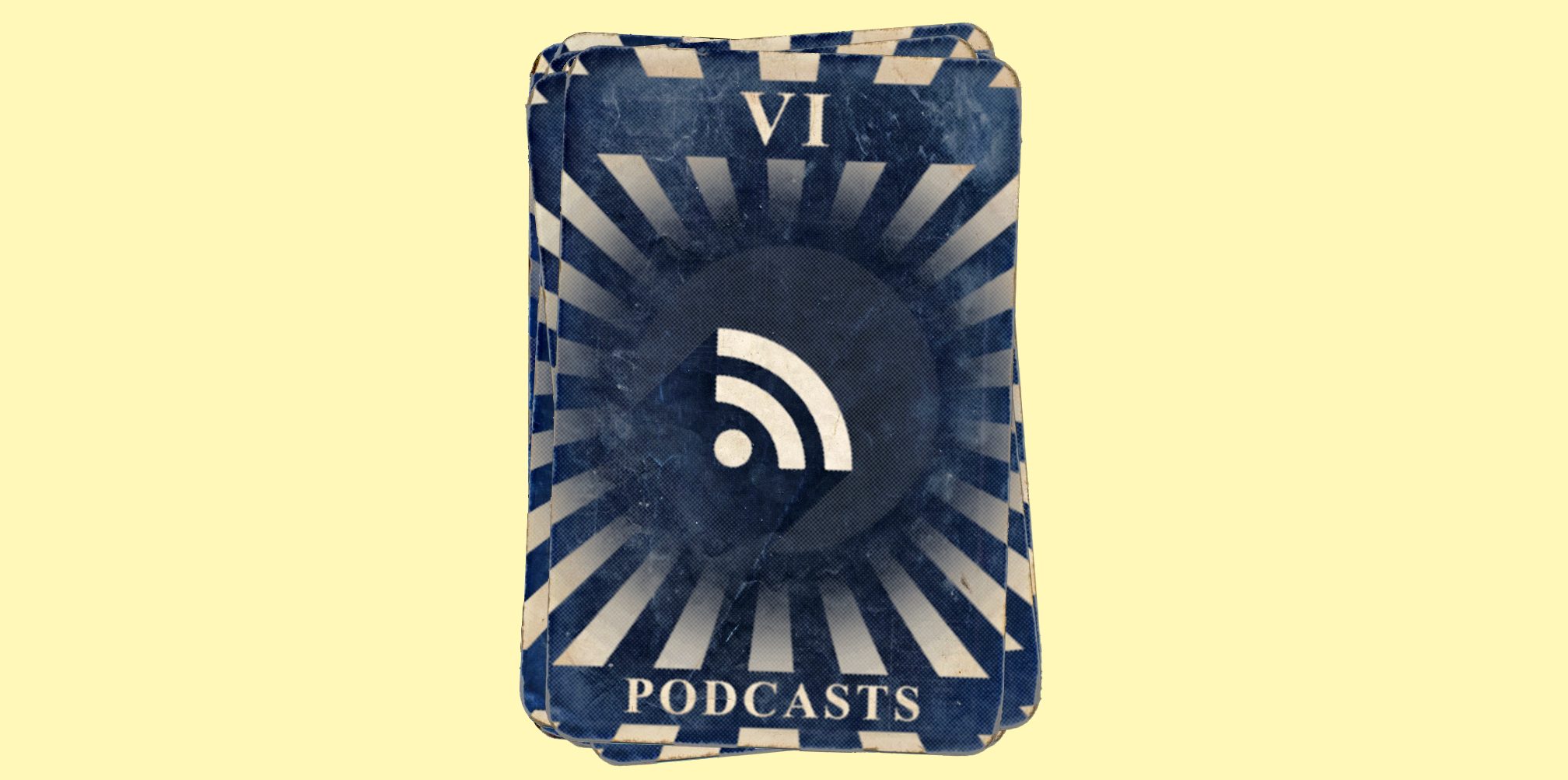
Podcasts will become an essential part of your listening habits
Everyone has a podcast these days. The freeness of internet radio (such as NTS, Balami, Reprezent) and social media could be the reason for the rise in popularity in the production of authentic audio programmes. And In 2018, podcasts will only get bigger and better, from uncensored comedies such as ‘My Dad Wrote A Porno’, speech shows including Jessie Ware’s ‘Table Manners’ (taking place in Jessie’s living room, where her and her mum chat to guests over tea); and episodic music shows such as Anjuna Deep, The Guardian’s Music Exchange and our own On Rotation.
Podcasts are a platform for expressing enduring opinions and creative freedom and they can be revisited again and again by listeners who want to engage more with audio, rather than listen passively (as you do when you flick on the car stereo, for instance). It doesn’t have a timestamp or sell-by date that you could align with live radio or live streams, it lives and breathes online, forever. Jaguar Bingham
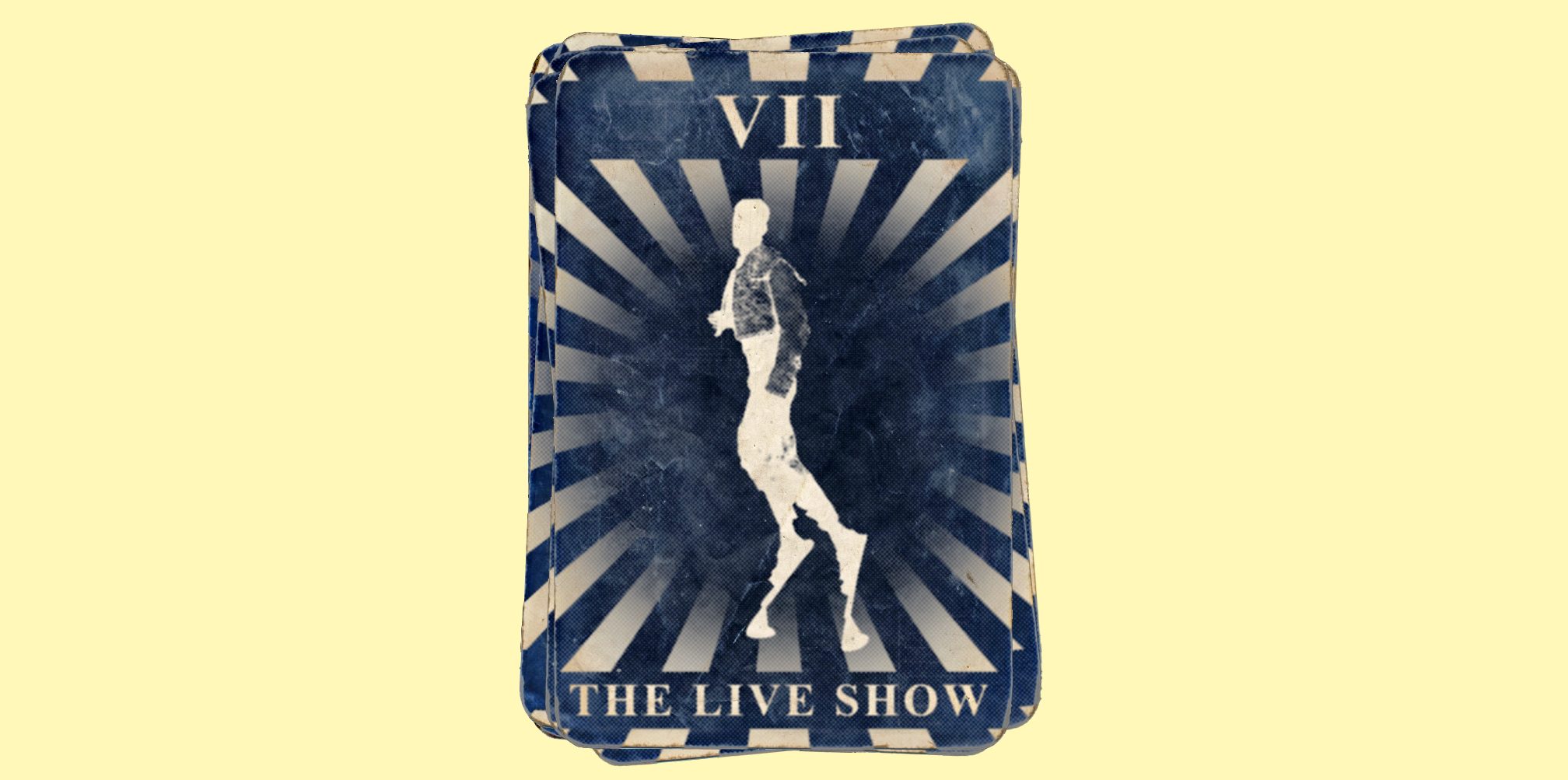
Experimental club music will focus on the art of the live show
“Deconstructed”, “experimental”, or simply just “club” – call it what you will but the wave of out-there producers ushered in by the likes of Rabit, Arca and Lotic will focus on their live shows this year. They’ve proved their point in the DJ booth at events like Unsound, Creamcake and Sonic Acts and are now looking to present their ideas to their audiences in as immersive a way as possible. Lanark Artefax has teamed up with visual artist Jacob Chabeaux to create an impactful A/V show; Lotic debuts new work with classically-trained dancer Roderick George at CTM festival later this month; Jlin also works with dancers, routinely thinking up new ways to bring her music into the live realm and new Hyperdub signing Klein wrote an opera, recently performed at London’s esteemed Southbank Centre. There’s only so much you can express with a DJ set, so expect this part of the scene to take things to the next level. Seb Wheeler
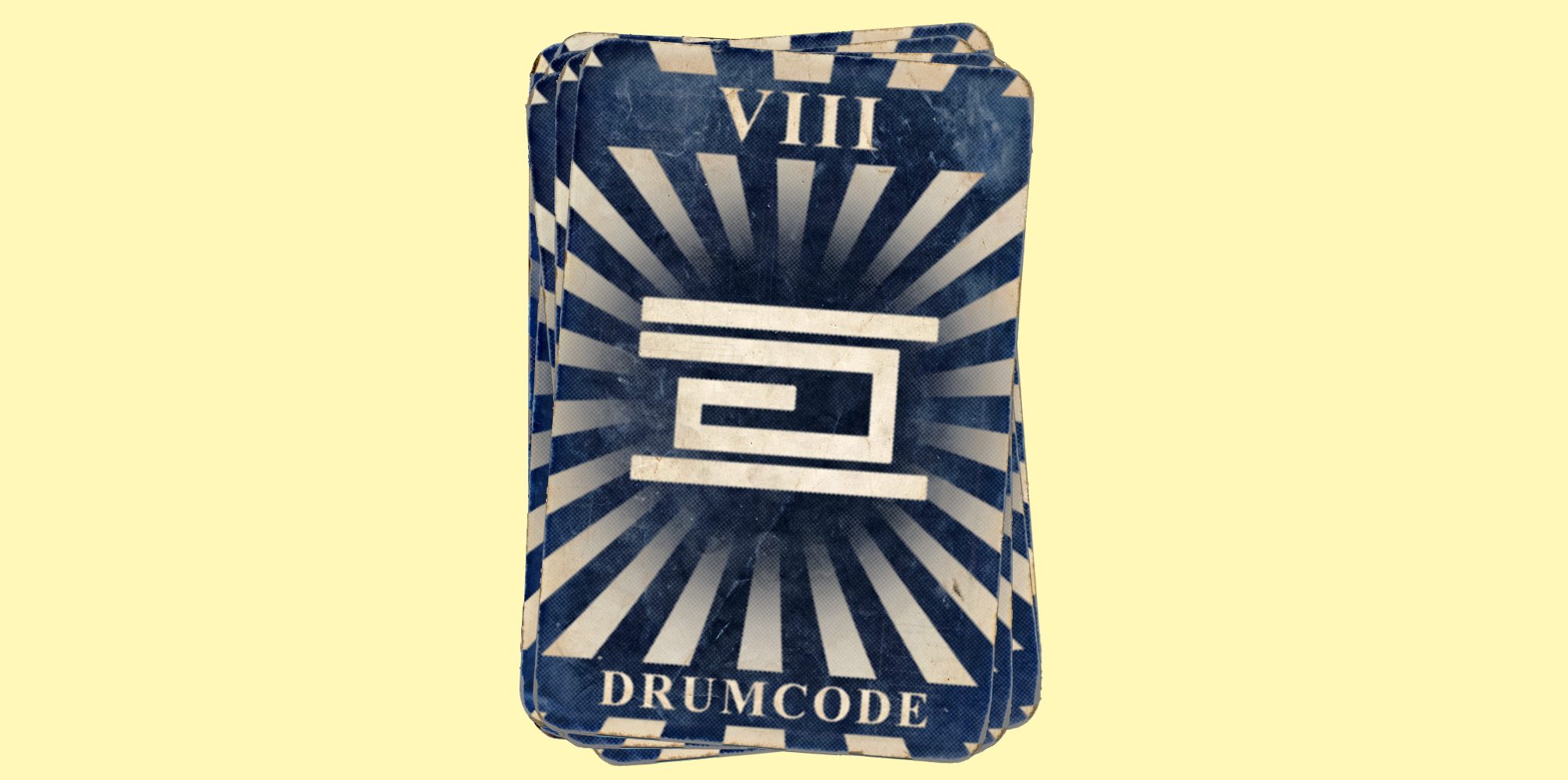
The Drumcode brand of techno will become the most popular movement in the world
Adam Beyer – more like Adam Behemoth. Without question, Drumcode has become one of the most popular and prominent record labels on the planet. The parties around the world have built up enough steam to derail almost any contenders with events like Junction 2 in London and the label’s almost holy takeovers at Awakenings and Printworks. This hasn’t come without a slight price though as techno purists seem to be rallying around a statement that it’s “not really techno”. The back-and-forth between fans of the label and fans of a harsher, darker strain of techno has been seen on Facebook posts around the world but that won’t stop Drumcode being seen as one the prevalent force in pumping 4/4 beats. The parties will get bigger and brasher, the fanbase will continue to expand at an alarming rate and Adam Beyer will continue his march as one of the hottest tickets on any line-up. Is 2018 the year we all start marching to the unstoppable beat of the Drumcode? We think so. Funster

The internet will provide the real, raw future of radio
When you think of internet radio what comes to mind? It's a tricky one because it could be so many things, including listening to a radio DJ light up and do an interview with one of your fave artists live on air.
That's the future of (internet) radio. Anything you thought you couldn't do, you can. The days of artists sitting down to plug their latest album in a boring manner are well behind us. Depending what you’re into, some people want more than just to listen. They want to picture what is actually going on. And keeping an audience engaged is key, especially in the internet age.
An example of this is Radar Radio DJ Amy Becker whose approach to interviewing is visionary. While sitting down with her guest, there she is lighting up a bong. Her show Wake & Bake hosts guests like IAMDDB and discusses everything from the music industry to everyday life. Do we need more presenters not giving a fuck about the traditional functionality of radio? Yes.
Artists and presenters aren’t polished and perfect so the presentation of them shouldn't be. In the age of superficial social media and its impossibly high standards, internet radio presenters shouldn't have to conduct interviews like they’re on Good Morning Britain. Give me the real shit like it's 4am on the sofa after a night out. Sherelle Thomas
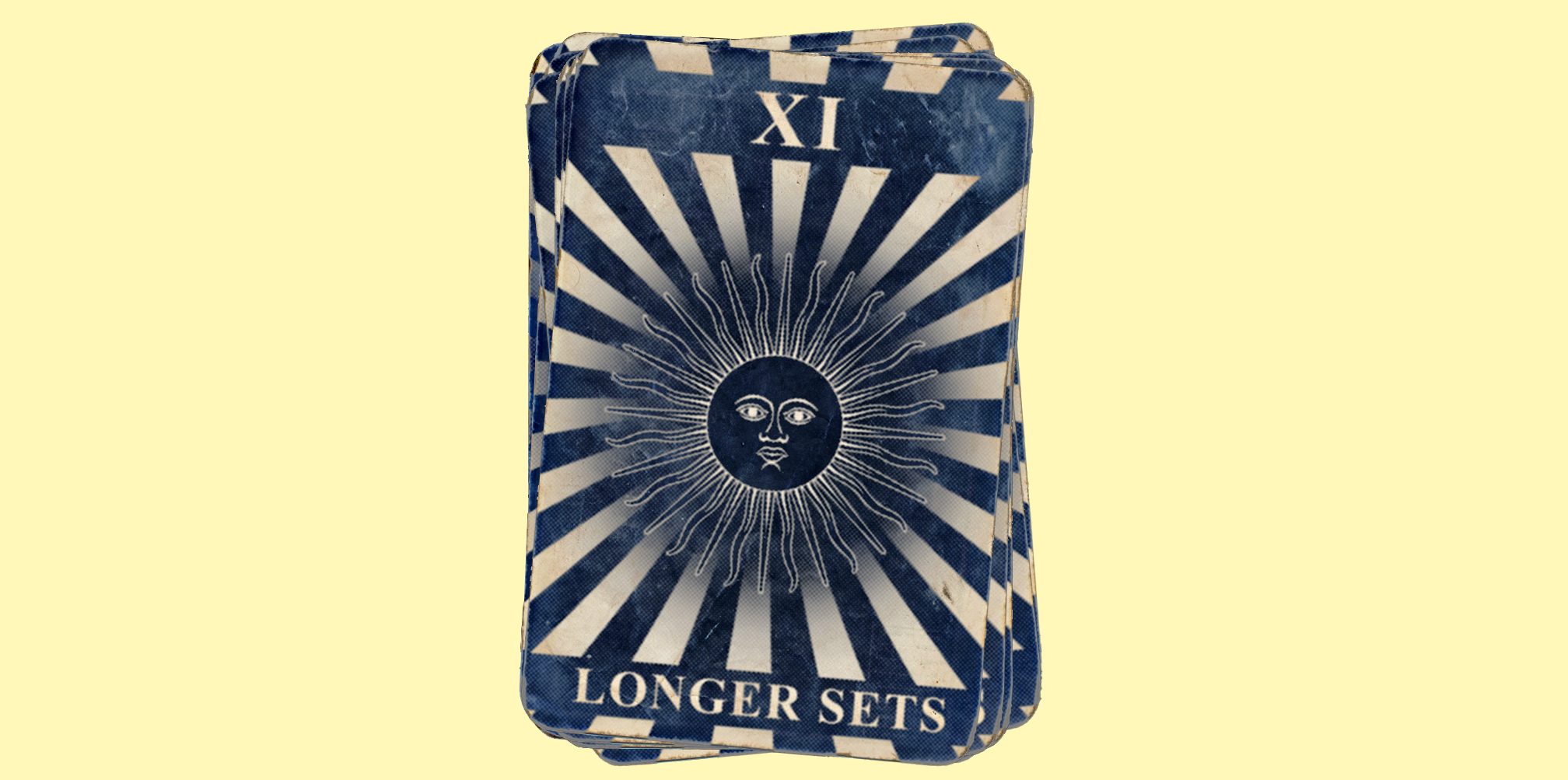
Line-ups at clubs and festivals will shift around fewer artists on the bill and longer sets will prevail
First of all, let’s get one thing straight: there’s nothing really wrong with a mammoth line-up. It’s always good to see every notable name in electronic music drenched across a festival poster or an event post online. But that’s not really what people are craving in clubland anymore. There’s something quite attractive about stripping everything back and focusing attention on a small handful of amazing artists. In our rise of the selector piece last year, we spoke about artists like Josey Rebelle, Moxie and Debonair coming to prominence and it’s DJs like these who we want to go and listen to for four or five hours at a time.
We want to go to club nights where we hear huge portions of a DJ’s record bag rather than an hour of frantically mixed bangers before the next headliner appears. Skream’s Open-To-Close tour has been a huge success and people like Saoirse, Objekt and most recently Madam X are announcing parties that sell tickets on the basis of one artist, rather than five, six or more. Festivals like Field Maneuvers and Virgo are small, boutique festivals with a few big names alongside carefully-considered residents and undiscovered talent and this is hopefully the shift we’ll see this year. Let the DJs shine rather than be part of the machine. Funster
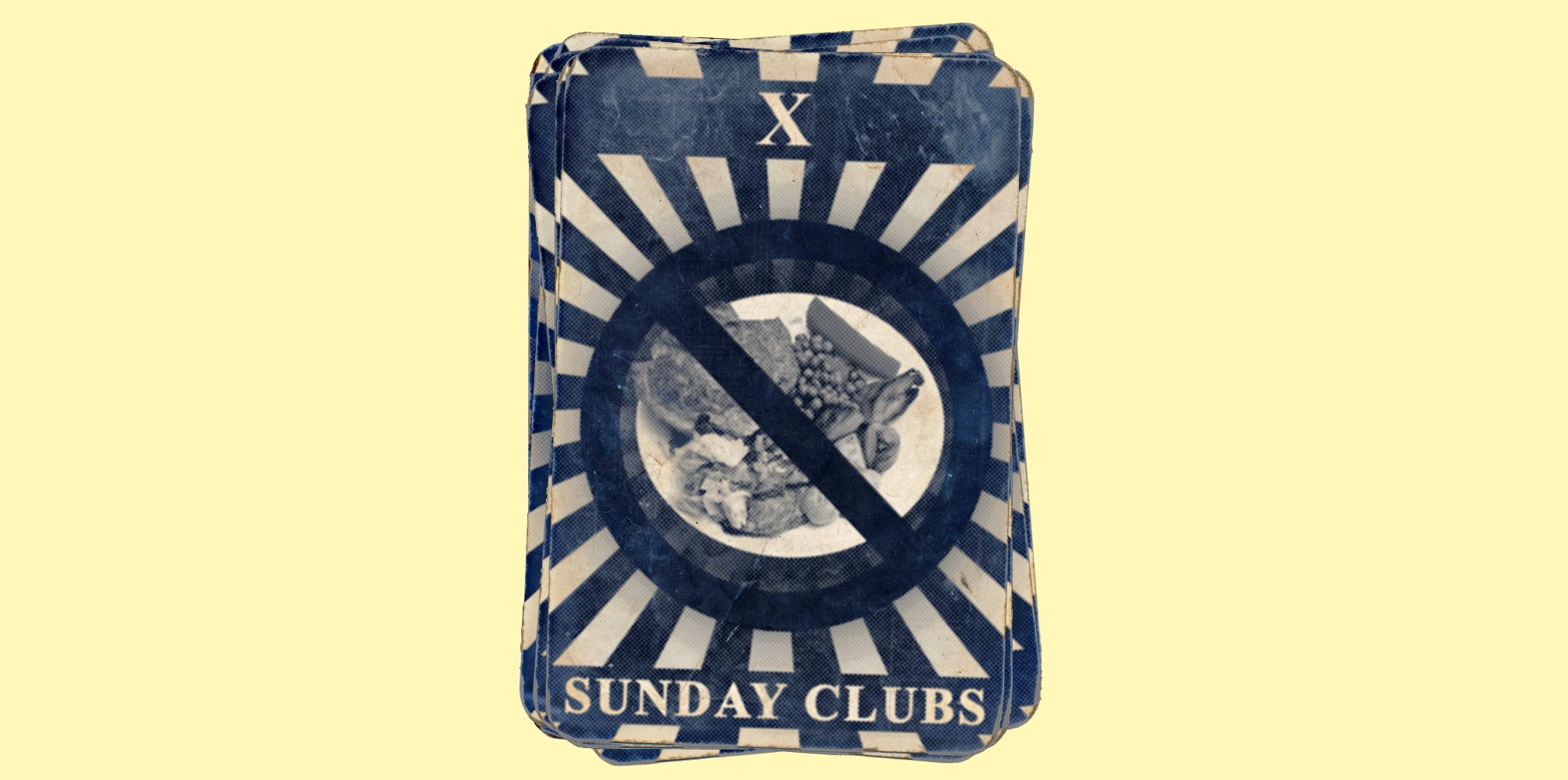
Sunday clubs will get more fun – and sophisticated – than ever before
Sunday afternoon in Phonox, Brixton. I’ve just wandered in after a boozy Sunday roast and am confronted by something that seems totally incongruous with the sleepy high street outside. Maribou State are already a couple of hours deep into a fizzing house set and the dance floor is packed with one of the single most energetic, most commited young crowds we’ve ever seen. Sunday clubs used to be called things like ‘Oblivion’ in this part of the world, stoked with casualties from the night before; eyes rolling behind sunglasses, jaws fluttering like a hummingbird’s wings. But a look at the fresh faces everywhere and the sheer kineticism of the dance floor reveals that this crowd, to use the single most overworked phrase in clubland, are genuinely ‘all about the music’. They’re here to dance. The bar, four deep on a Saturday night, is doing a steady but unspectacular trade, the atmosphere is more akin to the greatest gym session ever rather than a crack house and the whole thing will be over by 10pm. Could be we saw the future that day, a future built by a generation who care about their health as well as their house music. Hangovers are just so last year. Duncan Dick
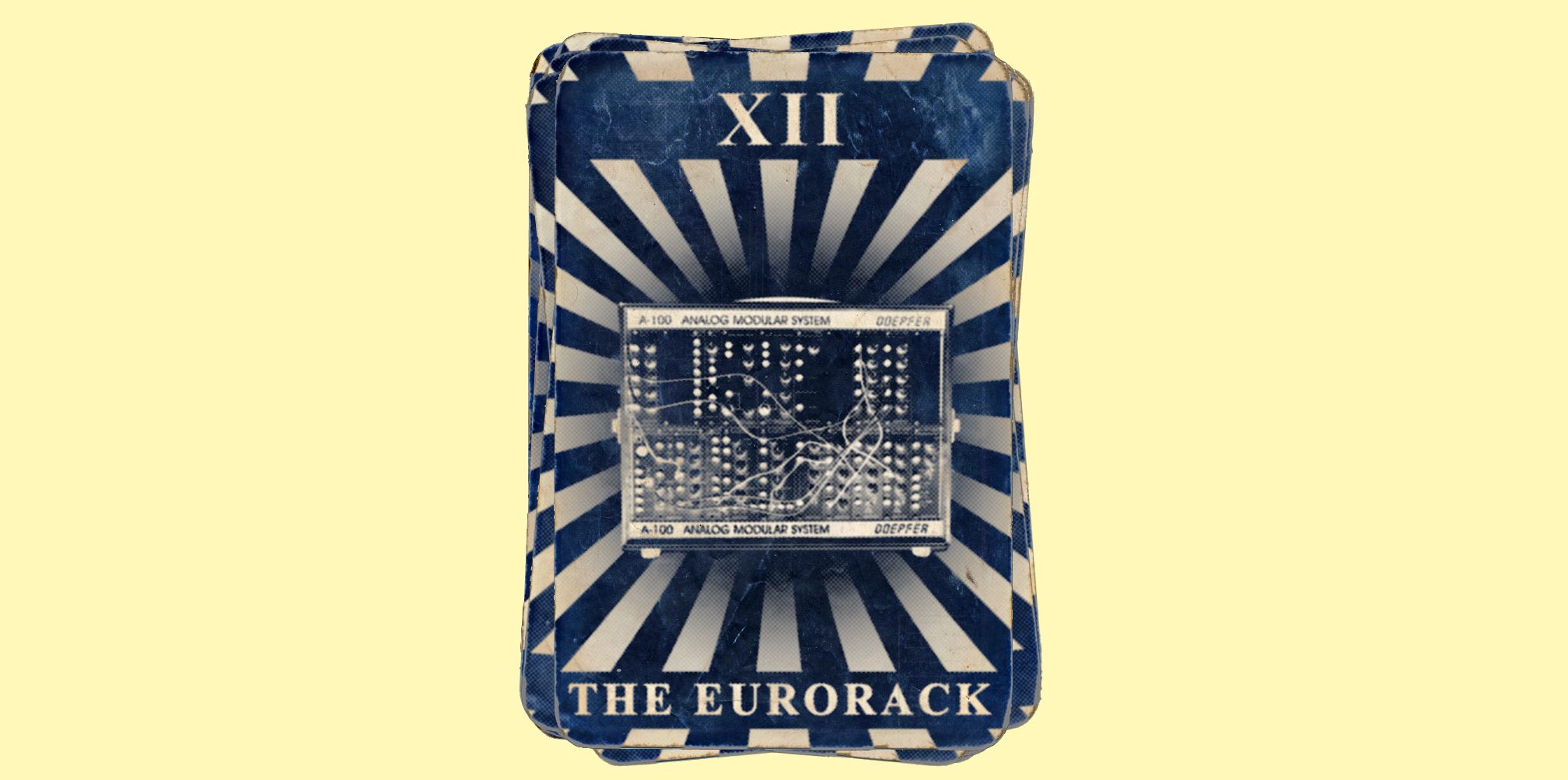
Modular programming will become more accessible and cheaper
In 2017, an interactive map put together by the company circuitburst showed the location of different eurorack modular companies that are currently scattered around the globe. Currently, there are over 300 independently owned modular companies operating around the world, feeding the growing appetite for unique modular synth production.
Between Robert Moog’s invention of the first monophonic analog synth in the ‘60s and the turn of the century, the concept of building your own modular synth setup required a musician to be well-versed in the science behind sound and an excess of major funds to help fill up your studio. Today, modular companies have caught onto the wildly popular “eurorack” format and are catering to aspiring artists with cheaper and more accessible modules that allow for easy and affordable customizations to their hardware setups.
The dizzying array of sequencers, filters, effects, oscillators, powered cases, modulation sources, utilities and semi-modular hardware synths that have hit the market in recent years is breathing life into this fluid and pure form of electronic music making. As the interest in this process continues to grow, competing modular companies are on course to find new and accessible ways to attract both savvy and novice synth lovers alike. Cameron Holbrook
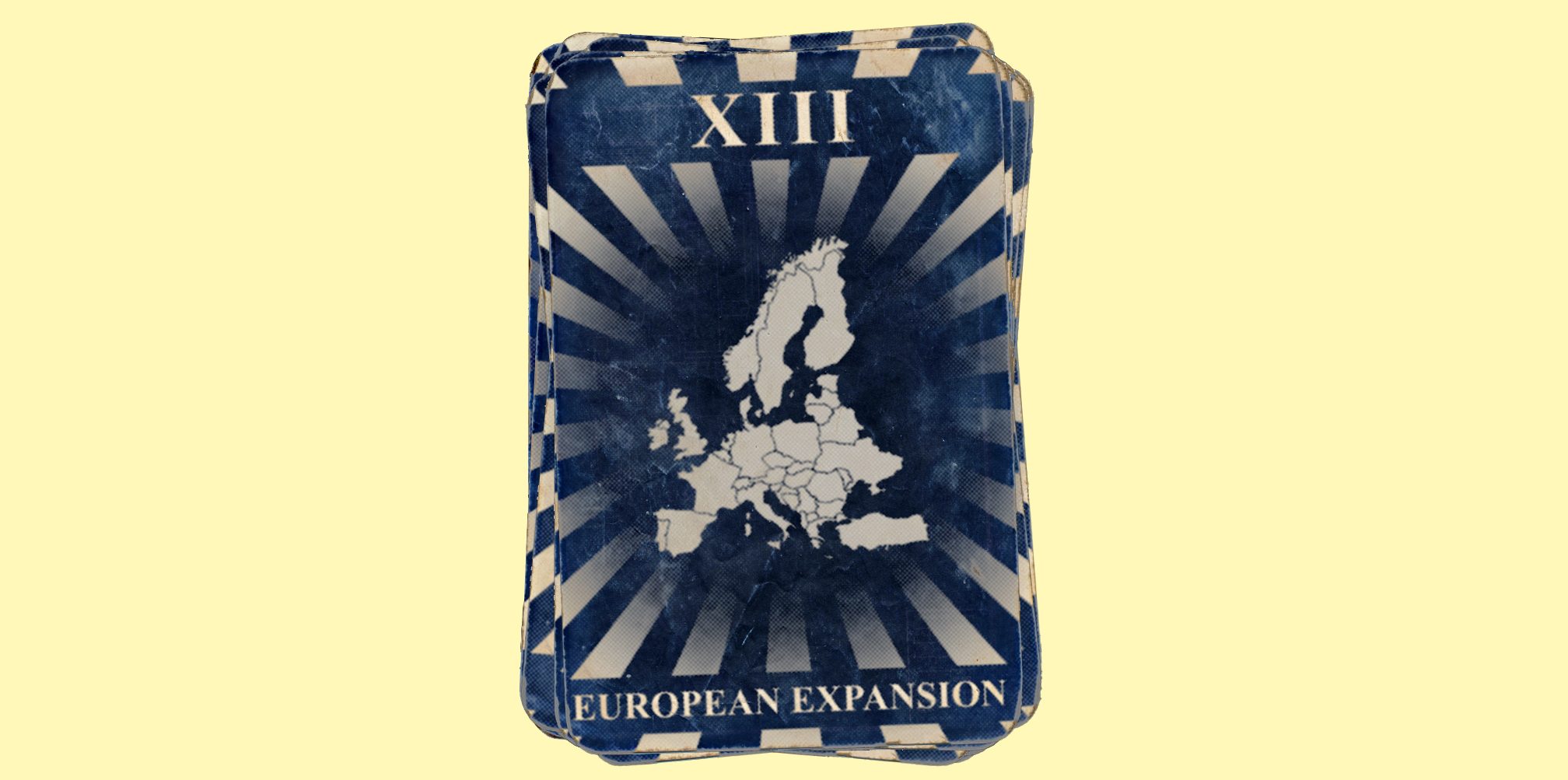
The European festival circuit will expand into new territories
Festivals in Europe aren’t exactly few and far between. Spain has Sónar, Italy has Kappa Futur, France has Weather, the Netherlands has Dekmantel and Germany has Melt.
Unfortunately, Albania isn’t high up on this list. But events like Kala Festival, a week-long party at an “untouched paradise beach location” on the Adriatic coast, are working hard to make sure smaller countries on the continent don’t miss out on house and techno’s biggest names.
Kala is Albania’s first ever international music festival and secretsundaze, Phonica, Feelings and Savage will all be there. It joins Glitch festival in Malta (founded ‘16) and Sea Dance in Montenegro (founded ‘14).
As anyone who’s been to festivals in Croatia will know, the Adriatic coast is a beautiful stretch of pristine beaches, so new parties will be welcomed with open arms by ravers looking to travel off the beaten path. What are you saying, Slovenia? Dave Turner
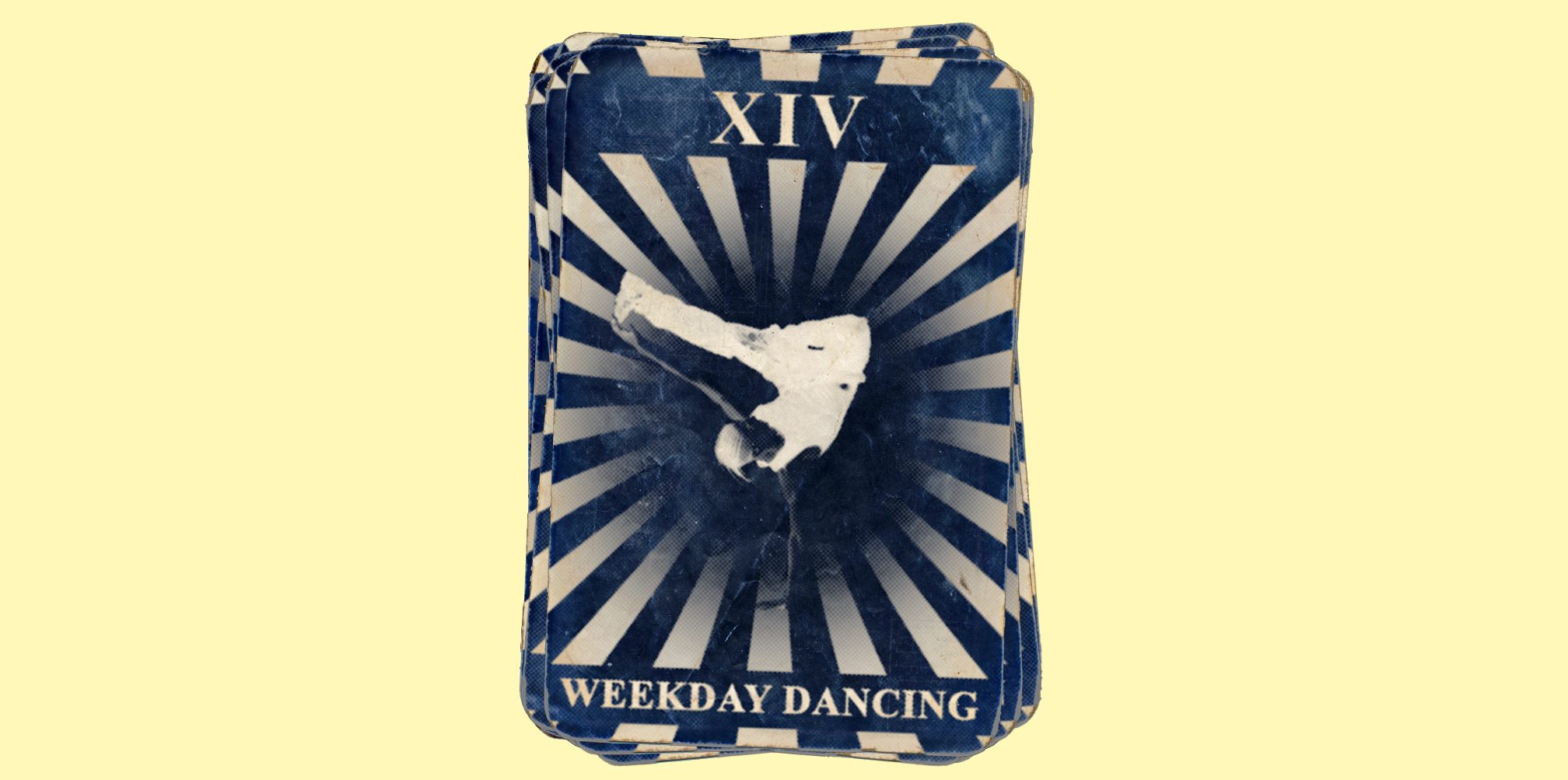
You’ll dance a lot more during the week
To say 2017 was the year the mid-week party found its edge again would be an epic understatement. From Radar Radio’s latest party venture over at Shoreditch’s East Bloc, to Hyperdub’s wildly successful Wednesday night sessions at Corsica Studios, the mid-week slot is now packed full of prime programming potential, drawing loyal punters out after work hours and immersing them in a club space seldom seen from Monday to Friday. This year, my bet’s on the rise and rise of the weekday rave, as promoters and venues continue to offer up alternative, often enlightening line-ups to challenge the cult weekend slots. Jasmine Kent-Smith

Your favourite club night will be documented using film photography
The use of film photography in a world in which mobile phones are so prevalent is what keeps club nights real. This is especially true within events that focus on intersectional clubbing. The flashy (no pun intended) digital form is dying in this area of club culture and will only be used at events with corporate backing or clubs which take most of your earnings if you ever put a party on there.
35mm photography can be used by all. The entry level of it can be a point and shoot from Boots. And you have 36 to 24 pictures to use. There is a great satisfaction when you see nights like BBZ, Pussy Palace and gal-dem use film. It's like a time capsule of beautiful minority women enjoying a safe space free from judgement and bias. For myself, a black women in electronic dance music, images like this are key in helping more minorities through and making dance more inclusive.
So put down your fucking phone and create some real memories. Sherelle Thomas

